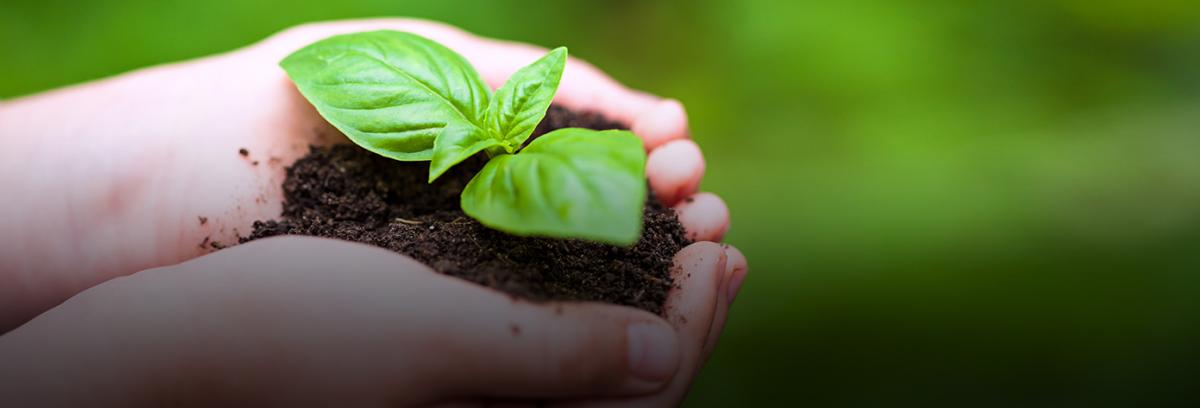
Grow your own
mai 13, 2021
|
3 min
The struggle to get children to eat their vegetables is a familiar one for many parents. Likewise, the idea of growing your own veg may seem equally daunting if you’ve never tried it before.
Growing your own veg may seem equally daunting if you’ve never tried it before, but it’s a great way to get your kids excited about eating vegetables. Because digging, planting and watering are all great hands-on activities. And children can get the same satisfaction and pride as adults in eating something home-grown.
So here are some easy tips for planting veg at home (pdf, 2Mb), that Nestlé has developed as part of its ambition to help 50 million children lead healthier lives by 2030.
Get started!
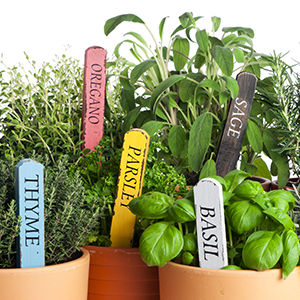
Anyone can grow vegetables, even if you live in an apartment in the city centre. A small window box can be used to grow herbs and smaller vegetables such as radishes or spinach.
If you do have some outdoor space, you don’t need a dedicated vegetable patch. You can make a grow box by nailing together some wood panels and filling the box nutrient-rich soil.
Many cities have shared garden spaces where people can simply take on a plot for growing whatever they like. It’s a good opportunity to learn about gardening, and share top tips with neighbours and friends, making it a real community effort.
Bedding in
Once you find your space, it’s time to start planting. Most seed packets tell you the ideal planting time, and the best depth for planting.
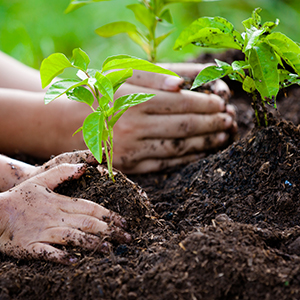
Bigger crops like leeks, potatoes and carrots may do best in vegetable beds, but smaller vegetables and salad plants can do well in boxes or pots, which can also be positioned to get maximum sunshine.
Watering is a great activity for children, and should be done in the coolest parts of the day to get the most benefit from the water you use. Depending on the age of your child, you could even turn this into a mini-science lesson, explaining about evaporation and stressing the importance of saving water.
Strong healthy seedlings need moist soil that is free of weeds. Remove the weeds by hand rather than using chemical sprays, and pick off any dead leaves to keep the seedlings healthy.
Protecting the soil
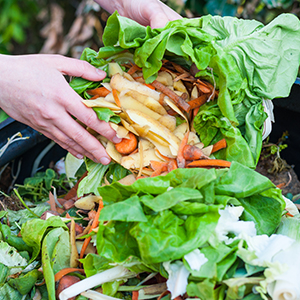
If it’s your first foray into vegetable gardening, it may be best to start with just a few lettuces in a pot, or a tomato plant on a window sill. But as you become more ambitious, you also need to think about the combination of crops and protecting the soil’s nutrients.
Food waste can be turned into compost, rather than leaving it out to be collected. Tea bags, vegetable peelings, banana skins and egg shells all contribute key nutrients to the soil. And there’s no need to spend money on shop-bought fertiliser either.
For each grow box or area, it is best to grow a different kind of crop each year. So if you grew root crops in a particular place one year, go for leafy plants next time. This ‘crop rotation’ is an essential part of good farming, no matter the size of the plot.
Healthy priorities
Food and its impact on our health is likely to be one of the major challenges of the 21st century.
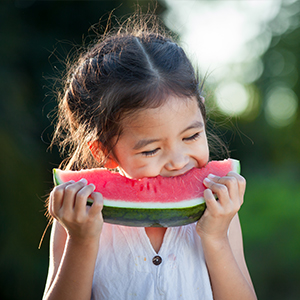
41 million preschool children were overweight in 2016, so teaching children about a healthy diet is vital to tackling the global obesity epidemic. It also supports the UN's Sustainable Development Goal number 3, ensuring healthy lives and promoting wellbeing for all at all ages.
Nestlé is among global companies who are committed supporting the UN's SDGs by helping children to eat better and get more exercise.
Growing vegetables is just one small but fun way to start growing healthier children.